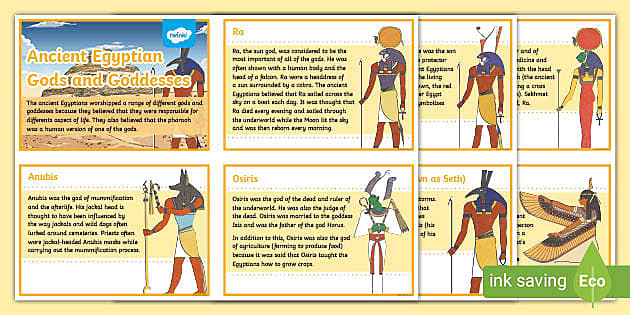Sacred Sites and Spiritual Journeys: Exploring the World of Religious Tourism
Source: www.hotelierindia.com Introduction Definition of Sacred Sites and Spiritual Journeys Sacred sites are places imbued with spiritual significance, often revered in various religious traditions. These locations, ranging from ancient temples to modern shrines, serve as destinations for spiritual journeys. Personal experiences often highlight this journey, with many individuals describing a profound connection felt at these…

Introduction
Definition of Sacred Sites and Spiritual Journeys
Sacred sites are places imbued with spiritual significance, often revered in various religious traditions. These locations, ranging from ancient temples to modern shrines, serve as destinations for spiritual journeys.
Personal experiences often highlight this journey, with many individuals describing a profound connection felt at these sites, sparking reflection and insight.
Significance of Religious Tourism
Religious tourism plays a pivotal role in contemporary society, merging culture, tradition, and personal growth. It offers countless opportunities to explore the world’s rich spiritual heritage. Key benefits include:
- Cultural Exchange : Travelers engage with diverse customs and practices.
- Spiritual Renewal : Many seek personal transformation or healing during their visits.
- Economic Support : Local communities benefit from tourism revenue, promoting preservation of sacred sites.
By visiting these places, individuals not only seek personal answers but also contribute to the global tapestry of spirituality and understanding.

Historical Background
Origins of Religious Pilgrimages
Religious pilgrimages have deep roots in human history, originating as expressions of faith and devotion. Many believe that the very act of traveling to sacred sites is a way to connect with the divine. Examples include:
- Hajj to Mecca : A fundamental Islamic pilgrimage occurring annually.
- Camino de Santiago : A Christian route traversing Spain, attracting modern-day pilgrims seeking spiritual enlightenment.
Personal stories illustrate the transformative power of pilgrimage; for instance, a traveler recounts how walking the Camino helped them find clarity in a life-changing decision.
Evolution of Sacred Sites Globally
Over centuries, sacred sites have evolved, reflecting the changing spiritual landscape. Initially centered on natural formations, like mountains and rivers, these sites have grown into structured locations with profound significance. Key developments include:
- Historical Monuments : Ancient ruins and temples becoming focal points for worship.
- Contemporary Shrines : New sites emerging due to religious movements, such as the Ba’hai Gardens in Israel.
As cultures intermingled, sacred rituals and practices adapted, attracting pilgrims worldwide who seek connection and understanding across diverse beliefs. This evolution continues to shape how we approach religious tourism today.
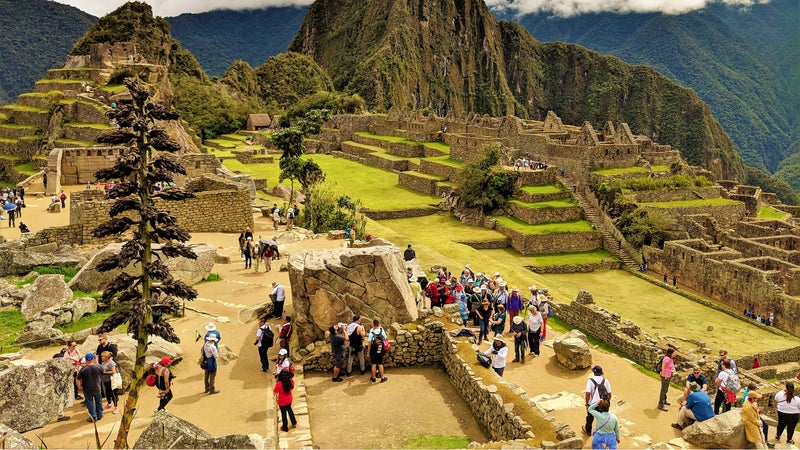
Major Sacred Sites Worldwide
Analysis of Sacred Sites in Different Continents
Sacred sites can be found all over the globe, each reflecting the unique spiritual practices and beliefs of its culture. For instance:
- Asia : The Golden Temple in Amritsar, India, represents Sikh spirituality, drawing millions for its tranquil atmosphere and community kitchen.
- Europe : Notre Dame Cathedral in Paris stands as an emblem of Gothic architecture intertwined with Catholic history.
- Africa : Mount Kilimanjaro is not only a stunning natural wonder but also holds significant cultural meaning for various indigenous tribes.
Travelers often share personal transformations that occur in these vibrant settings, where cultural stories and spiritual connections intertwine.
Comparison of Cultural Heritage and Religious Significance
When examining these sacred sites, their cultural heritage often enhances their religious significance. For example:
- Machu Picchu in Peru serves as a significant Incan spiritual site while showcasing breathtaking architecture and rich history.
- The Western Wall in Jerusalem is not only a central piece of Jewish devotion but also a marker of historic events dating back centuries.
Visitors frequently highlight how immersing themselves in these rich cultural narratives enhances their spiritual journeys. The interplay between the sacred and the historical fosters a deeper understanding and appreciation for the diverse practices across faiths, making each site a unique pilgrimage experience.

Spiritual Journeys and Modern Tourism
Impact of Travel Industry on Religious Tourism
The travel industry has profoundly influenced religious tourism, transforming how spiritual journeys are undertaken. As accessibility improves through transportation and digital platforms, more individuals are inspired to embark on these sacred voyages. This growth offers:
- Enhanced Accessibility : Improved infrastructure allows for easier access to remote sacred sites.
- Diverse Offerings : Travel agencies now curate packages focused on spiritual experiences, combining adventure with prayer.
A traveler shared their story of booking a specific retreat in Bali that not only provided a place for meditation but also connected them with local spiritual leaders, deepening their understanding of Balinese Hindu customs.
Popular Destinations for Spiritual Travelers
With the rise of religious tourism, several destinations have become hotspots for spiritual travelers. Noteworthy locations include:
- Varanasi, India : Known as the spiritual capital of India, where the Ganges River plays a central role in Hindu rituals.
- Tibet : Home to iconic Buddhist monasteries, alluring those seeking a deeper connection with their spirituality.
- Istanbul, Turkey : This vibrant city offers an intersection of faiths, with historical sites like the Hagia Sophia and the Blue Mosque.
Travelers often leave these destinations with rejuvenated spirits, personal revelations, and an enriched understanding of various faiths. Modern tourism not only fosters exploration but also supports cultural preservation, ensuring that these sacred stories continue to thrive and inspire future generations.
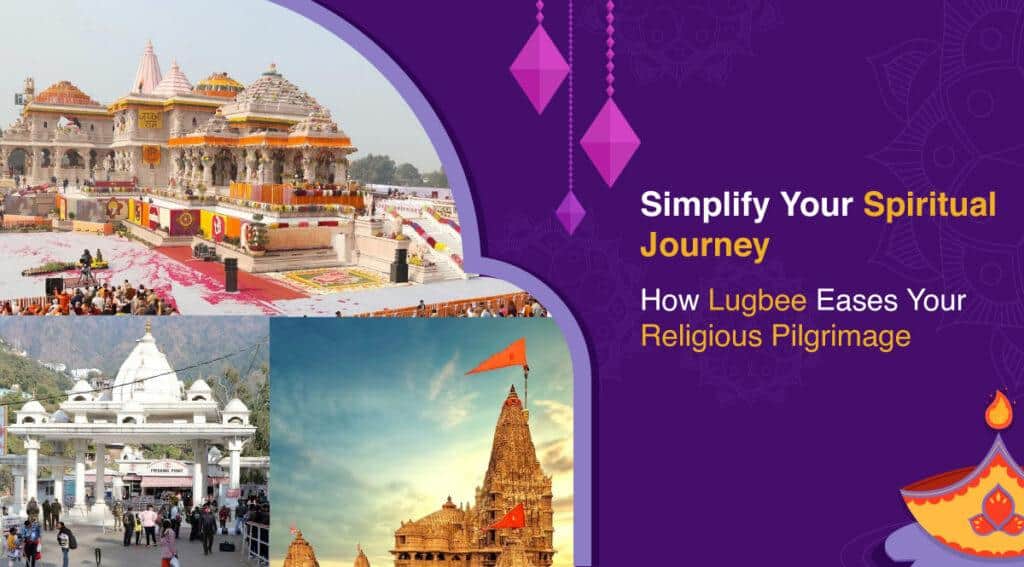
Pilgrimage Traditions and Rituals
Customs and Practices Among Different Faiths
Pilgrimage traditions vary wildly among different faiths, each offering unique customs that reflect their spiritual heritage. For instance:
- Hinduism : Ritual bathing in the Ganges River during the Kumbh Mela is believed to cleanse sins and promote spiritual merit.
- Islam : The Hajj pilgrimage to Mecca, filled with a series of rituals, including Tawaf (circumambulating the Kaaba) and the symbolic stoning of the devil.
- Christianity : The Camino de Santiago, where pilgrims walk various paths across Europe, culminates at the shrine of Saint James, mixing physical challenge with spiritual reflection.
Many pilgrims share transformative experiences, often describing feelings of unity with the divine during these sacred acts.
Role of Rituals in Enhancing Spiritual Experience
Rituals play a crucial role in enhancing the spiritual experience of pilgrims. They provide structure, foster community, and deepen personal connection. Consider the following benefits:
- Sense of Purpose : Engaging in specific acts, like prayer or offerings, helps pilgrims focus their intentions.
- Community Bonding : Shared rituals, such as chanting or walking together, create a sense of belonging.
- Personal Reflection : Attending to these practices encourages individuals to reflect on their life journey, facilitating healing and discovery.
For many, these rituals become profound markers of their spiritual journeys, leading to stories of renewal and clarity. As pilgrims engage in these traditions, they not only honor their faith but also contribute to a larger narrative that bridges cultures across the globe.
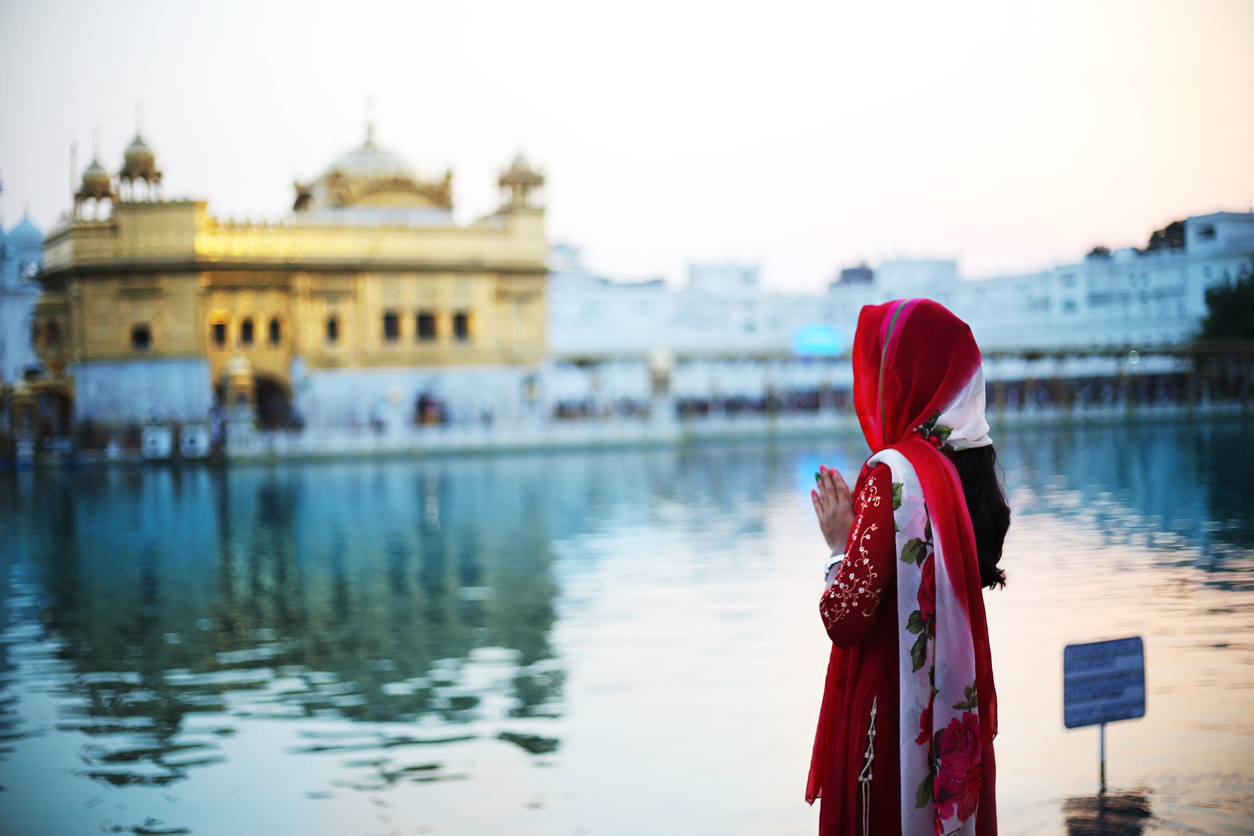
Controversies and Challenges
Preservation Issues at Sacred Sites
As the popularity of religious tourism grows, so does the concern for preservation of sacred sites. With increased foot traffic, many sites face degradation and environmental impact. Some pressing issues include:
- Wear and Tear : High visitor numbers can wear down historic structures.
- Environmental Challenges : Pollution and litter threaten natural and sacred landscapes.
For instance, the ancient city of Petra in Jordan has seen a surge in visitors, leading to ongoing efforts to balance tourism with preservation. Travelers have expressed their concerns about how best to protect these precious sites, often suggesting measures like visitor limits to mitigate damage.
Cultural Appropriation Concerns in Religious Tourism
Cultural appropriation also poses challenges within religious tourism, where travelers may unintentionally disrespect or misinterpret sacred practices. This unease arises from:
- Misrepresentation : Practices or symbols may be used outside their intended context, losing their significance.
- Commercialization : Sacred rituals being offered as mere attractions undermine their cultural importance.
Personal stories reveal how some travelers have become advocates for responsible tourism, emphasizing the need to engage with local communities to foster understanding. By promoting genuine interactions and respecting traditions, pilgrims can enrich not only their journeys but also support the communities they visit. The ongoing dialogue surrounding these challenges highlights the delicate balance between exploration and preservation in the realm of spirituality and tourism.

Ecotourism and Sustainable Practices
Promoting Environmental Conservation at Holy Places
As awareness grows about the impact of tourism on sacred sites, ecotourism emerges as a powerful avenue for promoting environmental conservation. Many holy places now prioritize sustainability through:
- Conservation Initiatives : Implementing programs to protect biodiversity and the natural environment surrounding sacred sites.
- Eco-friendly Practices : Encouraging responsible behavior among visitors, such as waste reduction and following designated paths to minimize harm.
For example, visitors to the Galapagos Islands are educated on conservation efforts, understanding that preserving the delicate ecosystem surrounding these unique islands is essential for future generations. Many travelers return home inspired to advocate for eco-friendly practices in their own communities.
Balancing Tourism with Conservation Efforts
Finding a balance between tourism and conservation efforts remains a challenge for many sacred sites. Stakeholders often explore ways to coexist, including:
- Visitor Caps : Limiting the number of tourists to reduce strain on infrastructure and natural resources.
- Educational Programs : Providing information on the cultural and environmental significance of local practices.
For instance, at the sacred volcanic site of Uluru in Australia, Aboriginal leaders have developed programs that teach visitors the importance of the land while managing visitor impact.
By nurturing this balance, both travelers and local communities benefit, fostering respect for sacred traditions and the environment. As travelers become more conscientious, they can contribute positively to the preservation of these cherished sites, ensuring their legacy for future generations.
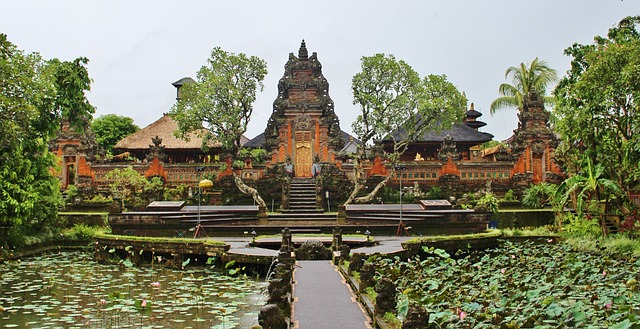
Personal Reflections and Testimonials
Stories of Spiritual Transformation Through Travel
Traveling to sacred sites often leads to profound spiritual transformations. Many individuals recount how their journeys have reshaped their perspectives and deepened their understanding of faith. For example, a traveler visiting the ancient temples of Angkor Wat shared how the ambience and intricate carvings awakened a sense of gratitude, inspiring them to live more authentically.
Key themes often emerge from these experiences:
- Connection with the Divine : Many report feeling a direct connection to a higher power, deepening their personal faith.
- Expansion of Worldview : Engaging with diverse practices and beliefs leads to a greater appreciation of different cultures.
These stories foster a sense of community among travelers, reinforcing the idea that spiritual journeys are deeply personal yet universally significant.
Impact of Sacred Site Visits on Personal Beliefs
Visits to sacred sites frequently provoke profound changes in personal beliefs. Many travelers share the transformative effects these experiences have had on their lives:
- Reevaluation of Priorities : Some discover a renewed passion for their faith or a shift in what truly matters to them.
- Enhanced Sense of Purpose : Experiencing the rituals and practices firsthand often clarifies their personal Spiritual journey.
For instance, a woman who visited the Western Wall described how witnessing the prayers of others prompted her to reflect on her own relationship with spirituality. This encounter reignited her commitment to her beliefs, leading to changes in her daily practices and interactions.
The power of these sites lies in their ability to foster meaningful connections, not only with the sacred but also within ourselves. Travelers often return home with enriched perspectives, motivated to share their experiences and embrace the lessons learned, thus continuing the cycle of spiritual enlightenment.

Future Trends in Religious Tourism
Technological Innovations in Pilgrimage Experiences
As the landscape of religious tourism evolves, technological innovations are significantly enhancing pilgrimage experiences. Emerging tools and apps enable travelers to connect more deeply with their destinations, such as:
- Virtual Reality Tours : Offering immersive experiences of sacred sites for those unable to visit in person.
- Mobile Apps : Providing guided tours, audio explanations, and community platforms for pilgrims to share their experiences.
One pilgrim recounted how using a meditation app during their journey helped deepen their practice and focus, allowing for a more enriching experience at sacred landmarks. These innovations enable travelers to engage with spiritual practices in new, meaningful ways.
Projected Growth of Spiritual Tourism Industry
The spiritual tourism industry is poised for significant growth over the coming years, driven by a growing global interest in wellness and spiritual exploration. Key factors contributing to this trend include:
- Increased Global Connectivity : More flights and accommodations accessible worldwide make pilgrimage experiences easier to arrange.
- Rise of Wellness Tourism : As individuals prioritize mental health, the intersection of wellness and spirituality attracts more travelers.
Industry experts predict that spiritual tourism will become a multi-billion dollar market as more people seek authentic experiences that merge travel with personal growth. A traveler recently reported that their spiritual retreat in Thailand offered the perfect blend of relaxation and introspection, highlighting the demand for transformative journeys.
As the industry continues to adapt to technological advancements and growing interest, the future of religious tourism promises to be vibrant and inclusive, paving the way for deeper connections and meaningful experiences around the globe.

Conclusion
Recap of Key Findings
Throughout our exploration of religious tourism, several key findings emerged. We highlighted how sacred sites foster connection, the evolving traditions and rituals within various faiths, and the importance of sustainability. Personal reflections shared by travelers emphasized how these experiences can lead to profound spiritual transformations.
Key highlights include:
- The significant impact of technology on pilgrimage experiences.
- The ongoing challenges of preserving sacred sites in the face of increased visitation.
- The growing market for spiritual tourism, indicating a desire for deeper, meaningful connections.
Outlook on the Continued Relevance of Religious Tourism
As we look towards the future, the relevance of religious tourism remains strong. With growing global interconnectivity and an increasing emphasis on wellness and spirituality, more individuals are seeking transformative journeys that blend travel with personal reflection. The dedication to preserving sacred spaces and upholding cultural integrity will become essential in ensuring that future generations can also experience these enriched traditions.
Travelers will continue to return home with stories that inspire and foster community, highlighting the enduring connection between spirituality and exploration. Religious tourism is not merely about visiting sacred sites; it’s a journey towards understanding oneself and the world, reaffirming its place as a vital aspect of the human experience.



